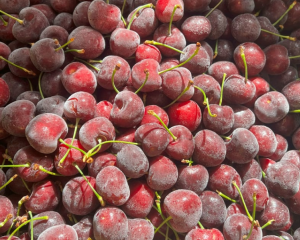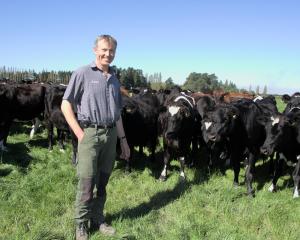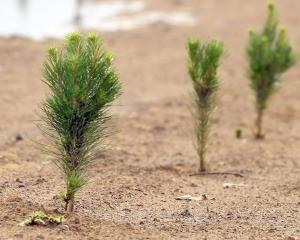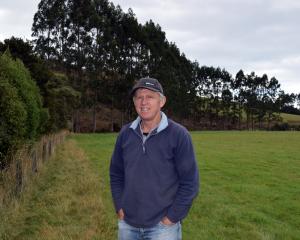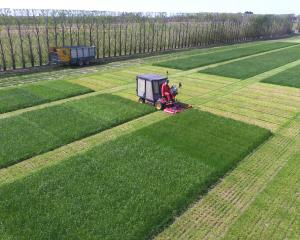
Two Mid Canterbury properties were confirmed late last month as having ''a detection'' of the virus in potato tubers, Biosecurity New Zealand says.
The virus was not harmful to humans but was a notifiable and unwanted organism in New Zealand.
Incident controller David Yard said potato mop-top virus had been detected in two potato crops from Mid Canterbury.
''Biosecurity New Zealand is continuing to test tuber samples from other potato suppliers to try to get a better a picture of how far-spread it is.''
It was also working with Potatoes New Zealand to respond to the incident.
The virus - which caused distortions to the potato skin, deep cracking, and rust-coloured arcs, streaks or flecks in the tuber flesh - was not a food safety issue but a crop disease.
'' ... if found to be widespread, could cause some productivity issues for growers.''
Mid Canterbury farmer Ross Hewson, of Pendarves, who grows 340ha of potatoes, agreed.
He said it was another ''virus that's appeared that can affect the potato plant ... The only effect will be to farmers who will have higher levels of defects that will be rejected (at the processors).''
He understood it was a small detection. ''A very, very low incident in a line of Innovators (potato variety).''
Mr Hewson said the virus existed around the world.
The Innovator variety was destined for potato chips (cooked).
''It's just another disease, or virus, that's possible for potatoes to be exposed to. It's harmless to everyone except potato plants.''
Mr Hewson expected all varieties of potato could be susceptible to the virus, which could be present in the soil for a long time .
Potatoes New Zealand chief executive Chris Claridge said the industry was working closely with Biosecurity New Zealand to learn more about the virus, its impact on growers, and to stop any risk of its spread.
''We will then consider if it is possible to eradicate it, or whether we will need to work with growers to manage its impact over the long term.''
Biosecurity New Zealand was investigating how the virus may have entered the country.
It was first reported in Britain in 1966 and has since been found in Europe, South America, Asia, and the United States.
The virus can be spread on seed tubers, in soil associated with boots, in machinery, and in waste from potatoes.
Growers must take care not to infest fields with the virus from known powdery scab and infected fields and to avoid seed tubers infected with the virus or powdery scab.
Only certified seed tubers should be grown, Potatoes New Zealand said.
Farmers who suspect they have potato mop-top virus on their property should contact the Biosecurity New Zealand pests and diseases hotline: 0800 80 99 66.



